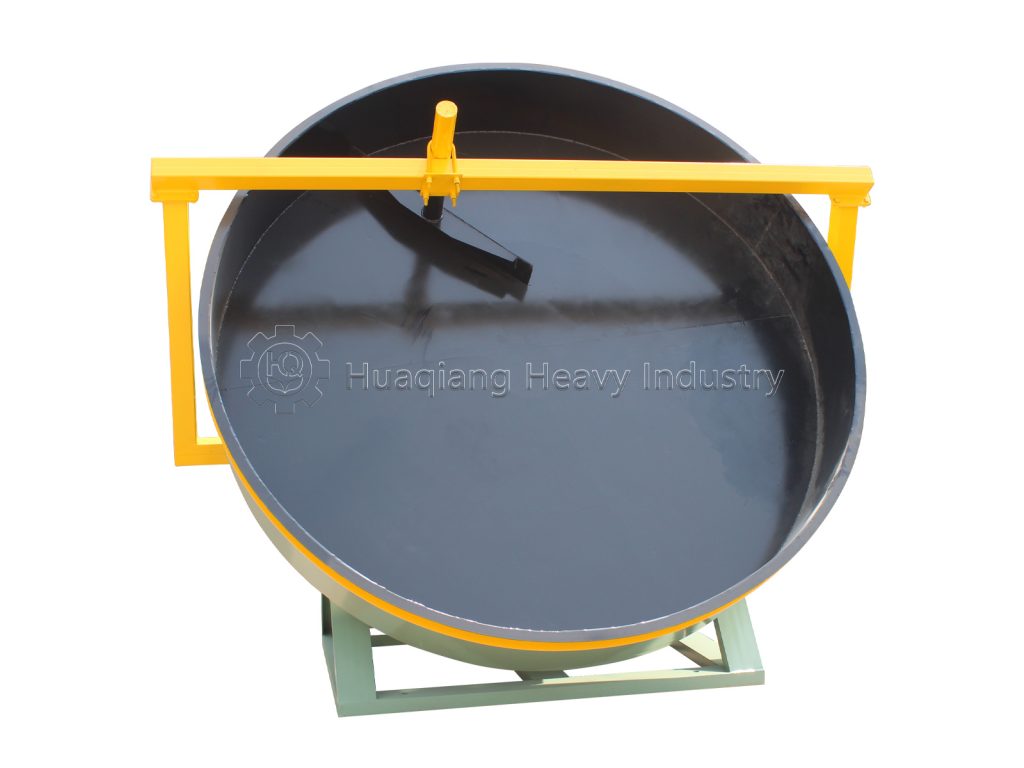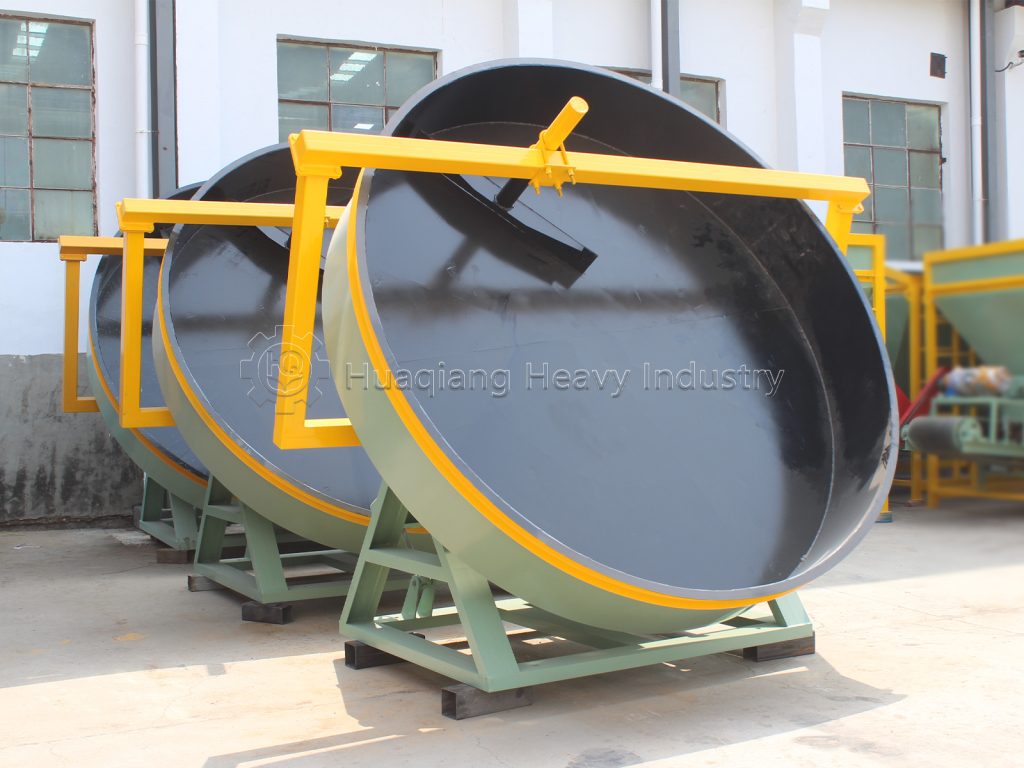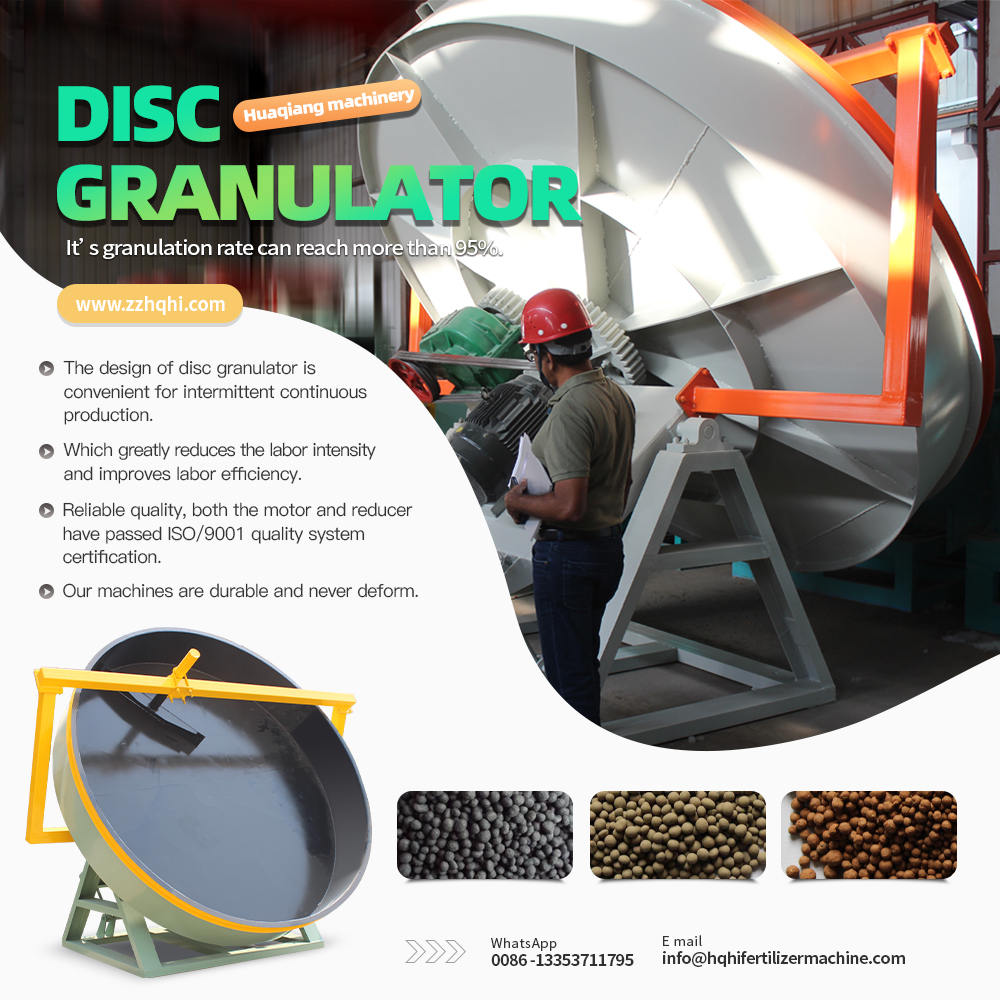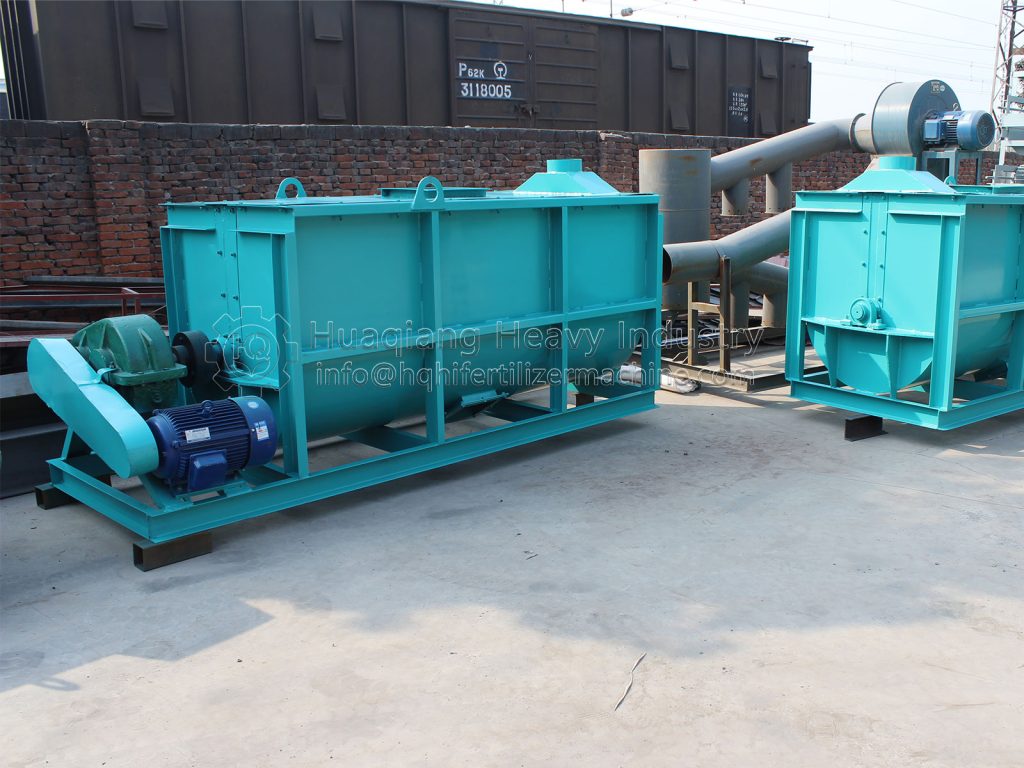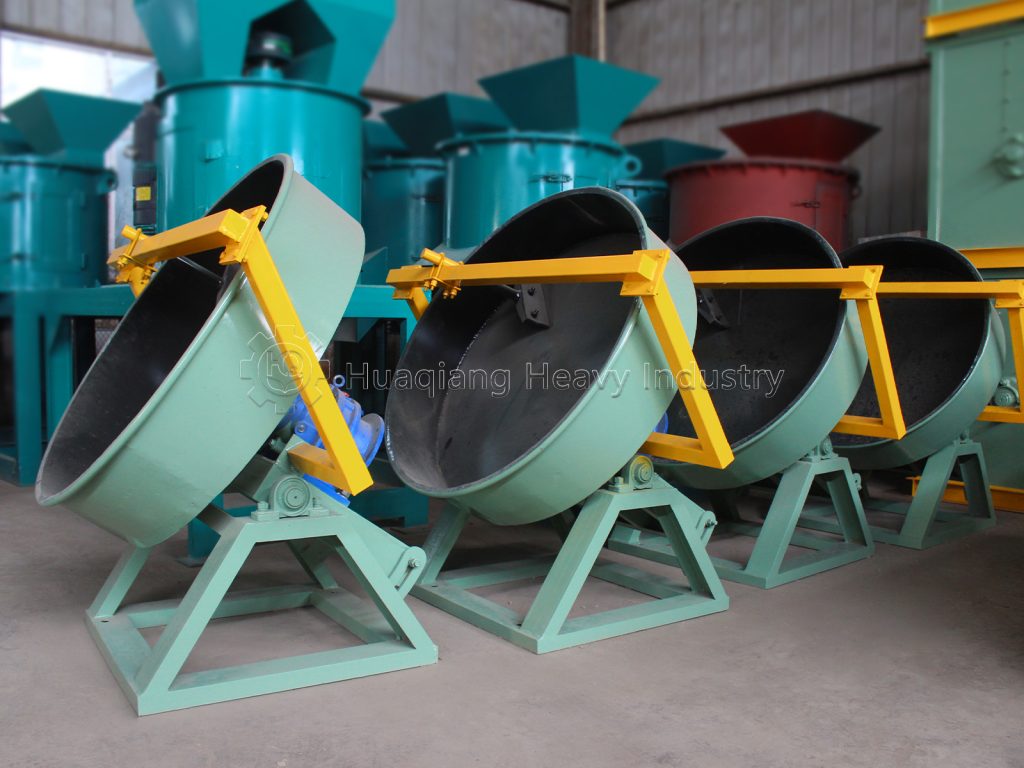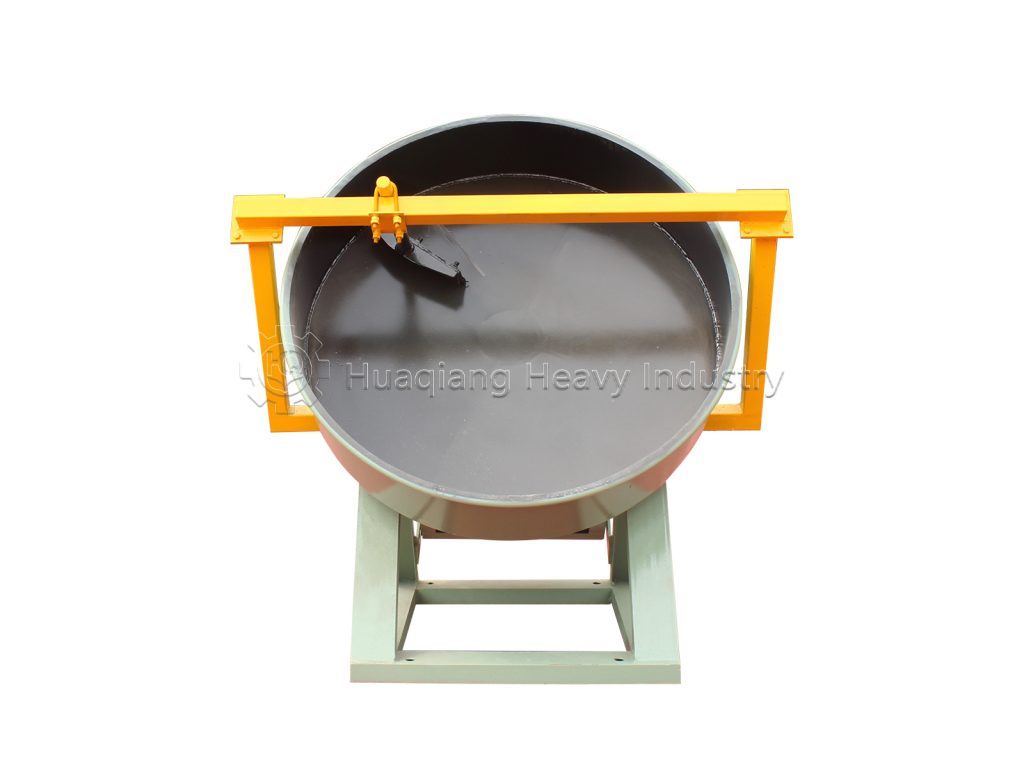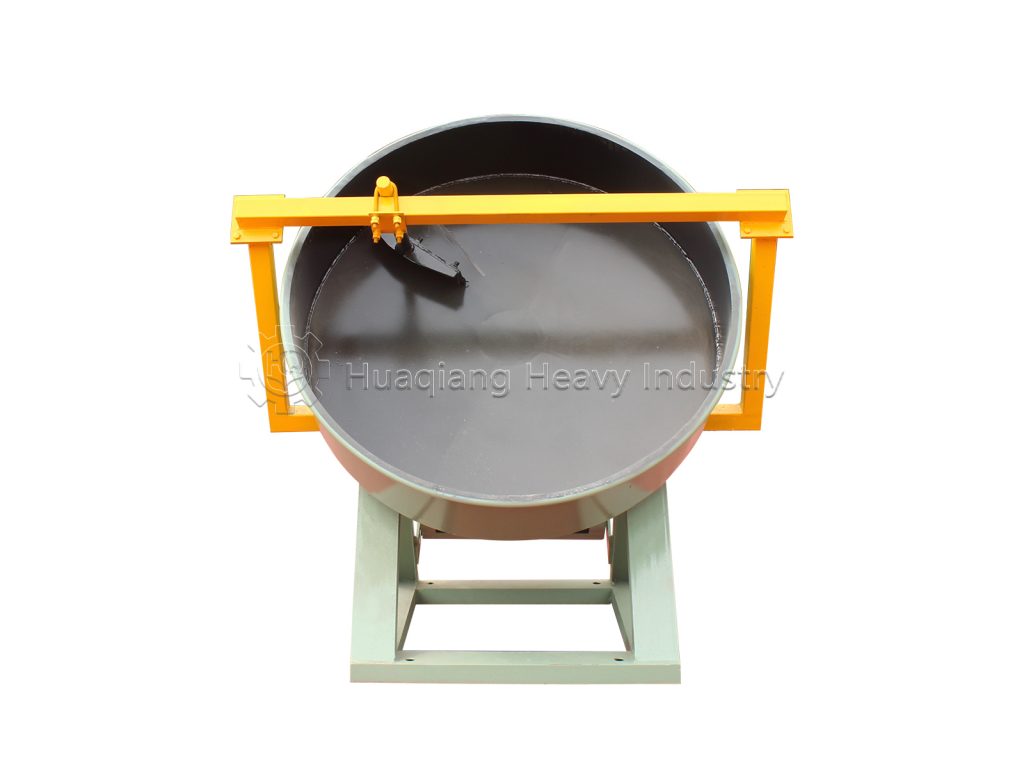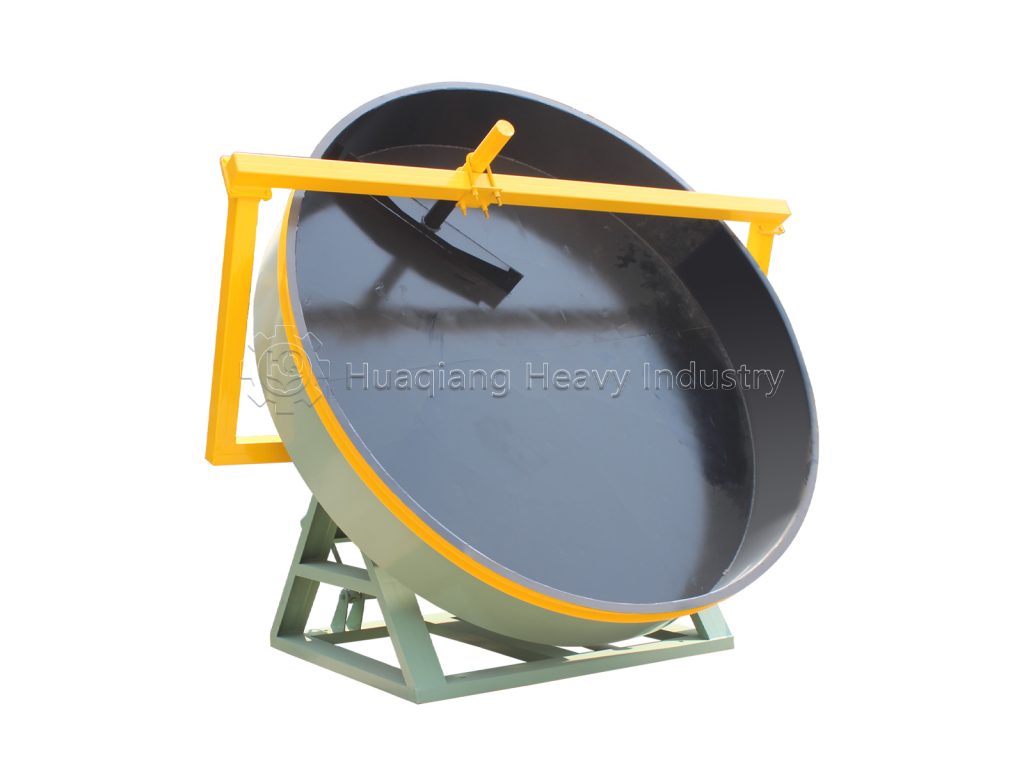Due to their high pellet formation rate and highly adjustable parameters, disc granulators have expanded beyond the traditional fertilizer sector to diverse applications such as environmental protection and metallurgy, becoming a “universal device” for material formation across multiple industries. Their differentiated adaptability to various application scenarios is their core competitive advantage.
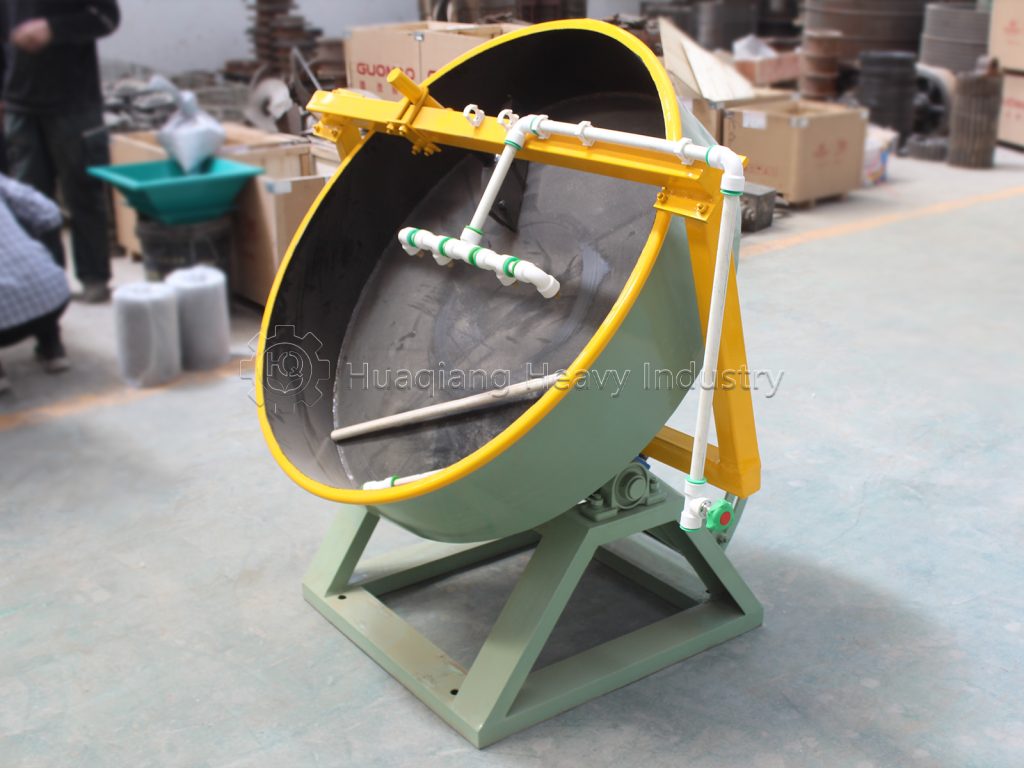
Agriculture is the primary market for disc granulators, with each specific application focusing on its own specific niche. In organic fertilizer production lines, for fibrous materials such as livestock and poultry manure and straw, the equipment requires rubber-lined discs with anti-sticking walls, an inclination angle of 35°-40°, and a humic acid binder to achieve efficient granulation at a moisture content of 15%-18%. Compound fertilizer applications require even higher corrosion resistance. 304 stainless steel discs, combined with an atomizing spray system, precisely control the adhesion of nitrogen, phosphorus, and potassium mixtures, ensuring pellet roundness that meets high fertilization standards.
In the field of environmental solid waste treatment, disc granulators have become a key component in resource utilization. When processing municipal sludge, the equipment first reduces the sludge’s moisture content to below 20% through a preheating system. Then, using bentonite as a binder, the equipment, operating at a speed of 18-20 rpm, converts the sludge into spherical pellets suitable for incineration or landfill. For the treatment of industrial solid waste such as steel slag and slag, wear-resistant ceramic-lined discs can withstand the impact of high-hardness materials. Combined with a powerful scraper, they ensure uniform mixing of the ore powder and binder, effectively improving solid waste utilization.
Mineral powder granulation in the metallurgical industry places stringent requirements on equipment stability. For high-density materials such as iron ore concentrate and manganese ore fines, disc granulators utilize a thickened steel frame with an adjustable tilt angle of 40°-45°. A high-frequency vibrating distributor ensures uniform feeding and ensures the compressive strength of the ore powder pellets meets the feed requirements for blast furnace smelting. Furthermore, for the granulation of rare earth materials, the equipment must be equipped with a sealed dust cover to prevent leakage of ultrafine powder and ensure a safe production environment.
From agriculture to environmental protection to metallurgy, the disc granulator continues to expand its application boundaries through customized adjustments of materials, parameters, and supporting systems. In the future, with the integration of new materials technology, its application potential in refined fields such as medicine and food additives will be further released.
